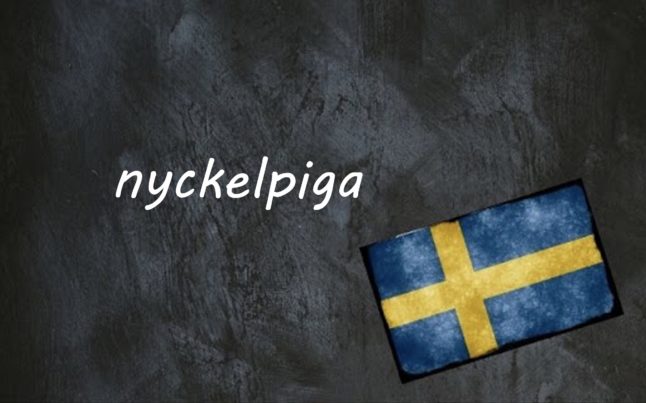Swedish glass is not the same as English 'glass': in Sweden, this is the word for 'ice cream'.
It can be confusing as a language learner, because the word for 'glass' is glas. Hear the difference in how they're pronounced in the audio clips below.
Glass:
Look out for lots of compound words containing glass, such as jordgubbsglass (strawberry ice cream), chokladglass (chocolate ice cream) and more Swedish variants like saltlakritsglass (salty liquorice ice cream).
Swedes are big ice cream consumers, which might seem surprising given that it's such a cold country. But it's a hugely popular treat in all seasons, though especially in summer, whether you buy your glass from the neighbourhood glassbil (literally 'ice cream car', or ice cream van) or at one of the many ice cream parlours in Sweden's towns and cities.
Examples
Jag älskar att äta glass oavsett årstid
I love eating ice cream no matter what season it is
Den kan vara den godaste glassen jag ätit
This might be the tastiest ice cream I've had



 Please whitelist us to continue reading.
Please whitelist us to continue reading.
Love the vocal clips!
Word for the day suggestion: övergångsställe